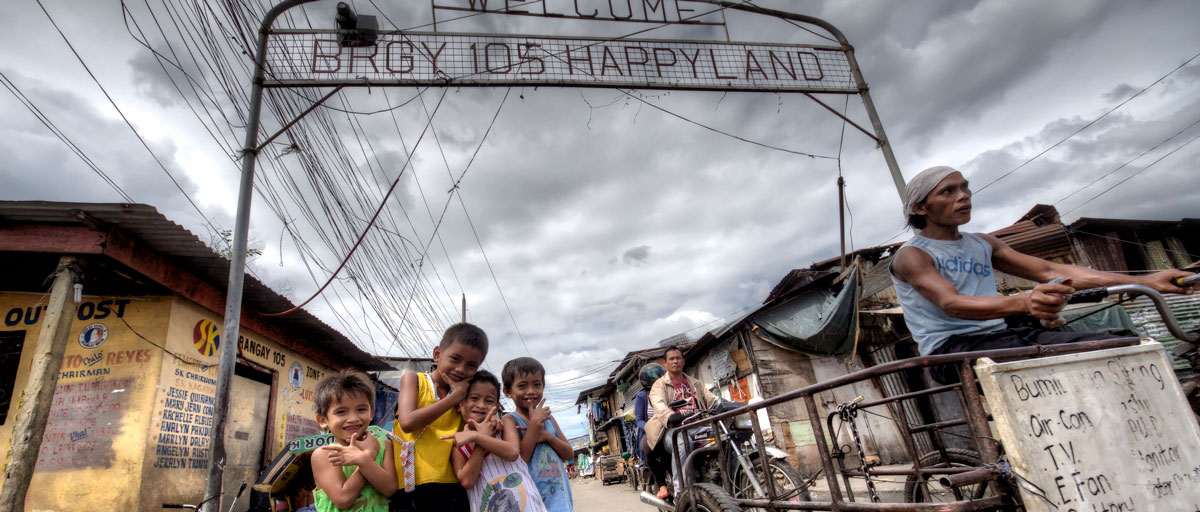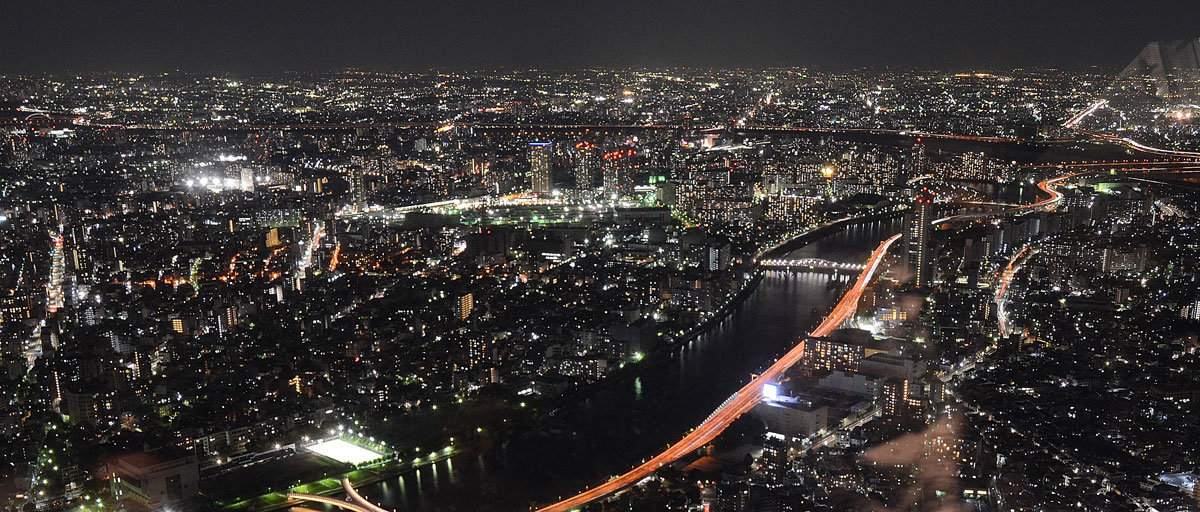Bildtext får vara max två rader text. Hela texten ska högerjusteras om den bara ska innehålla fotobyline! Photo: B. Christensen/Azote
Standfirst
Finding Nemo in an uncertain world
New paper frames the responsibility of being a human in the Anthropocene
- The Anthropocene is currently understood from four different perspectives, where the underlying assumptions about the human-nature relationship decides what are seen as the best responses to the sustainability challenges.
- These different framings can all contribute to informing what could be good responses to Anthropocene challenges, and for whom.
- A deeper, underlying framing for all four perspectives is an understanding of the “Anthropocene as responsibility”.
Dory: Have you seen a clown fish swim by? It looks just like him.
Crab: Yeah, I saw him, Bluey, but I’m not telling you where he went, and there’s no way you’re gonna make me.
In a recent paper by centre researcher Oonsie Biggs and colleagues at Stellenbosch University, South Africa, the animated film Finding Nemo serves as an allegory for navigating the challenges of the Anthropocene. The little clown fish Nemo has gone missing and his father Merlin and friend Dory set out to find him, without a map or any clue where to look. They just have to keep on swimming and to navigate the unknown territories by learning to recognize signs of the new currents they encounter.
Since 2002, when Nobel laureate Paul Crutzen proposed that we have entered the Anthropocene, a new era where humans are the dominating geological force on the planet, the concept has become widely established. However, the term is diversely understood, and its usefulness has sometimes been questioned. As a response to this debate, Oonsie Biggs, Rika Preiser and Laura Pereira have performed a literature study and identified four different perspectives.
Oonsie Biggs explains: “These perspectives have fundamentally different framings of the ‘problem’ of the Anthropocene, and consequently point to very different responses to achieving sustainability.”
The four fields, with different understandings of human agency on the planet, are the following:
- The eco-modernism perspective
- The planetary stewardship paradigm
- The pathways to sustainability approach
- The critical post-humanist paradigm
We suggest that a deeper underlying framing which can help integrate aspects of these four perspectives is an understanding of the “Anthropocene as responsibility
Rika Preiser, lead author
Focus on technology and innovation or reconnecting to nature?
The eco-modernism perspective argues that achieving sustainability is possible through human development, modernization and technological innovation. Sustainability will be achieved through for example agricultural intensification, urbanization, aquaculture, decoupling strategies and nuclear power. The challenges can only be solved if human agency if humanity can control planetary dynamics.
The planetary stewardship perspective instead stresses resilient social-ecological systems where human wellbeing is embedded in and dependent on nature, and where humans are at the same time responsible for shaping the planet. The best way of navigating the Anthropocene is to reinforce humanity’s connectedness to the biosphere. Technology alone is not enough to solve the problems.
In this framing, a “good” Anthropocene can only be achieved through adaptive governance strategies that embody and recognize the responsible relationships of humans as being part of and dependent on the biosphere”, the authors summarize.
Highlighting power and inequalities
According to the pathways to sustainability perspective, there is a need to open up to alternative ways of doing things, instead of reinforcing the status quo. There is a focus on begin aware of the power structures that govern sustainability strategies, and a preference to opening up to different perspectives and marginalized voices and to allow these agencies to shape solutions and policy. This perspective is critical of technological and top-down solutions to the challenges of the Anthropocene.
But in this last framing of the Anthropocene, not only humans but also nature, stories and non-human phenomena have agency and are connected in networks. Humans are just one kind of element in the universal system and sustainability challenges can thus not be solved by humans alone. All “earthlings” are responsible for creating conditions for “multispecies flourishing”.
New normative constellations
The authors suggest that the solutions proposed by these four framings depend on the assumptions of how humanity is positioned in relation to nature, and that this influences what is perceived as a “good Anthropocene”. The authors argue that all the different perspectives can enrich and contribute to a broader understanding of potential responses. Furthermore, the authors suggest, all the perspectives have an underlying framing of responsibility – a responsibility towards nature, the marginalized, vulnerable communities.
The authors argue “that from this perspective it becomes possible to engage with an ethics of responsibility that comes with being human and acting on the planet, in the face of an uncertain and unknowable future.”
As Dory and Merlin had to re-invent how to read the signs on their journey to find Nemo, navigating the challenges of the Anthropocene calls us to foster new normative constellations that allow us to re-define agency and responsibility in terms of how human-nature interactions shape and are shaped by their entanglement with the technologies and institutions that constitute the Anthropocene challenges.
Methodology
Through a critical reading of literature, the researchers identified four conceptual framings of the Anthropocene. These framings were categorized in terms of the different worldviews that shape conceptualizations of agency, the notion of human-nature interactions, the proposed responses to sustainability challenges and the strategies for achieving a “Good Anthropocene”.
Preiser, R., Pereira, L.M., Biggs, R. 2017. Navigating alternative framings of human-environment interactions: Variations on the theme of ‘Finding Nemo’. Anthropocene Volume 20, December 2017, Pages 83-87. DOI: 10.1016/j.ancene.2017.10.003.
Oonsie Biggs' research focuses on regime shifts — large, abrupt, long-lasting changes in the dynamics of coupled social-ecological systems that can have dramatic impacts on human economies and societies.









